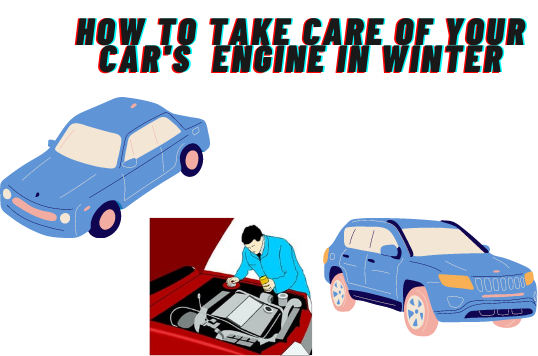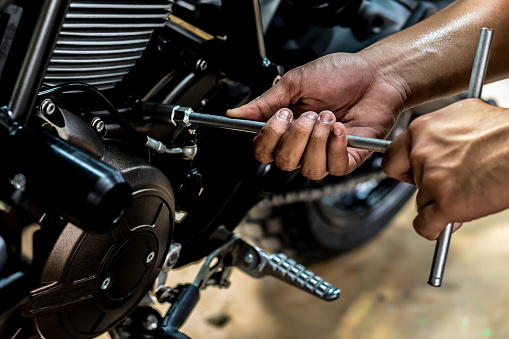
How to take care of your car’s engine in winter
"The engine of each car is its “heart” which deserves to be tended to very carefully. Herewith a bit of maintenance, you can ensure your car is ready for the winter weather."
The engine of each car is its “heart” which deserves to be tended to very carefully. As now winter is at its peak right now, and as the temperature dips in most parts of the country, you need to take good care of your car to avoid any unexpected damage in the car especially the engine. Herewith a bit of planning, you can ensure your car is ready for the winter weather.
Change the Oil
Dirty oil is bad for your engine at any time of the year, but it's even worse in the winter. A regular oil change is easily one of the most important things you can do for your car's engine.
The engine oil helps keep vital parts well lubricated and ensures the engine doesn't overheat.
If the oil is dirty, it will be even thicker, and thick oil will not flow through the engine properly.

Check Your Coolant
Your engine has coolant to help keep it from overheating, but this important fluid can become contaminated easily. One important consideration for engine coolant is the level of antifreeze.
If there is too much water in your cooling system, the liquid could freeze in cold weather, blocking coolant flow and leading your engine to overheat.
Have the cooling system checked before winter to make sure the mixture is right.

Allow Your Engine to Warm Up
In the winter season, it may be wise to warm up your engine before driving it. To do this, you can allow your vehicle to start for about 30 seconds before driving it.
After this 30-second warm-up period, drive your car gently to allow the engine components to come up to temperature.

Also Read:
Appointment of new Chairman in Civil Bank Limited
Himalayan Sherpa Club has come up with Football League
How to get rid of Dandruff in winter
Home Remedies to get Rid of Cracked heels/Feet
CG Heater just under 3.8K | Specification and Price |
TVS Bikes and Scooters in Nepal
Crossfire Motorcycle Conducts a Focus Group Survey
Which vehicle to choose in Nepal? A bike or a car?
Audio systems and speaker price in Nepal










